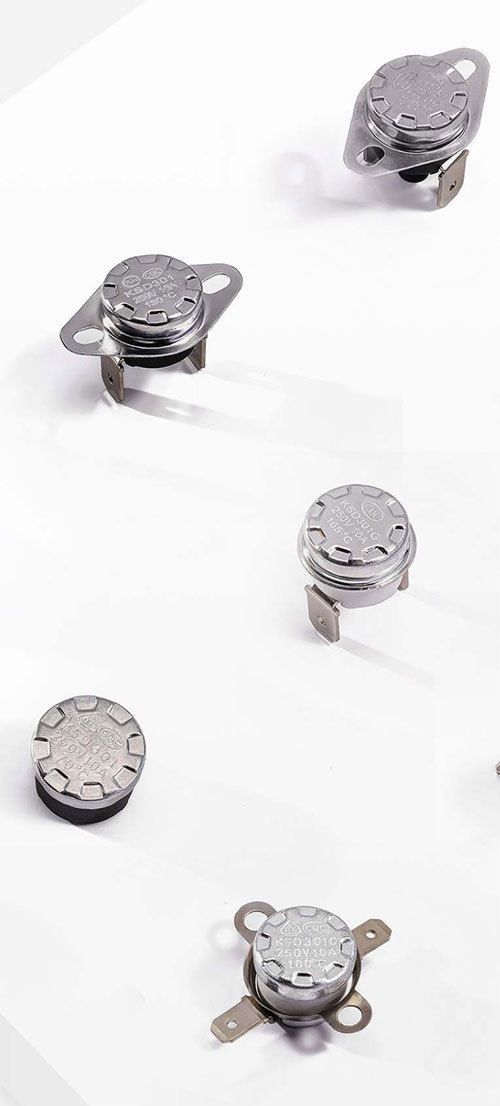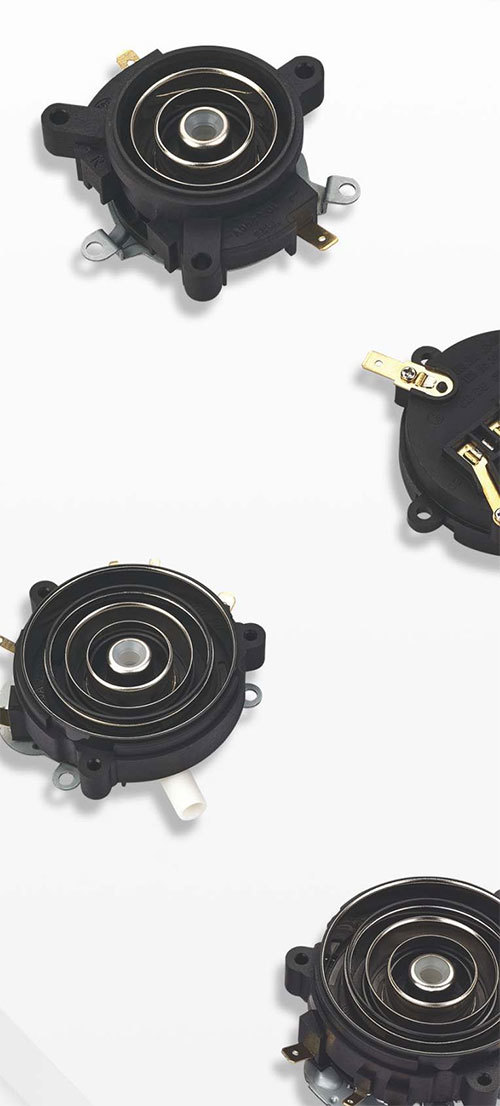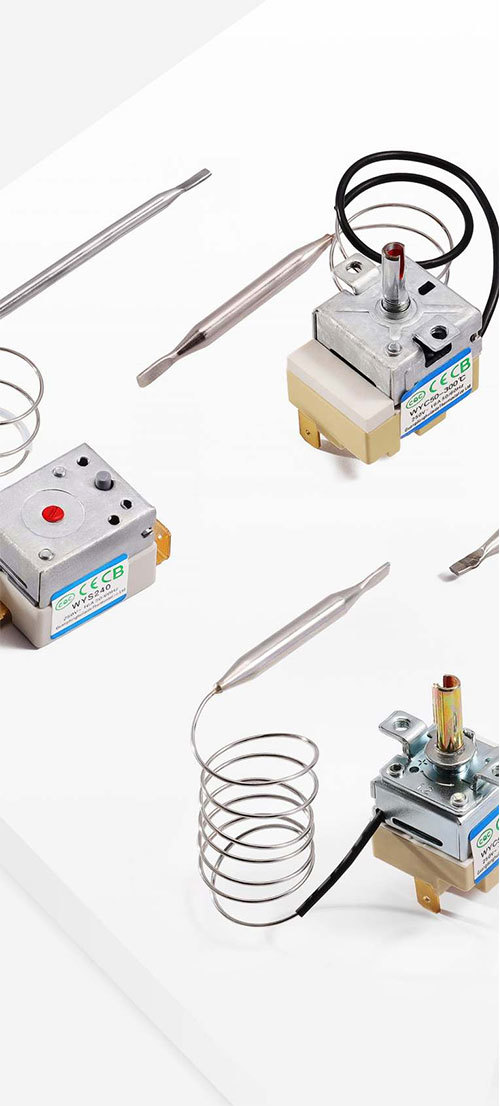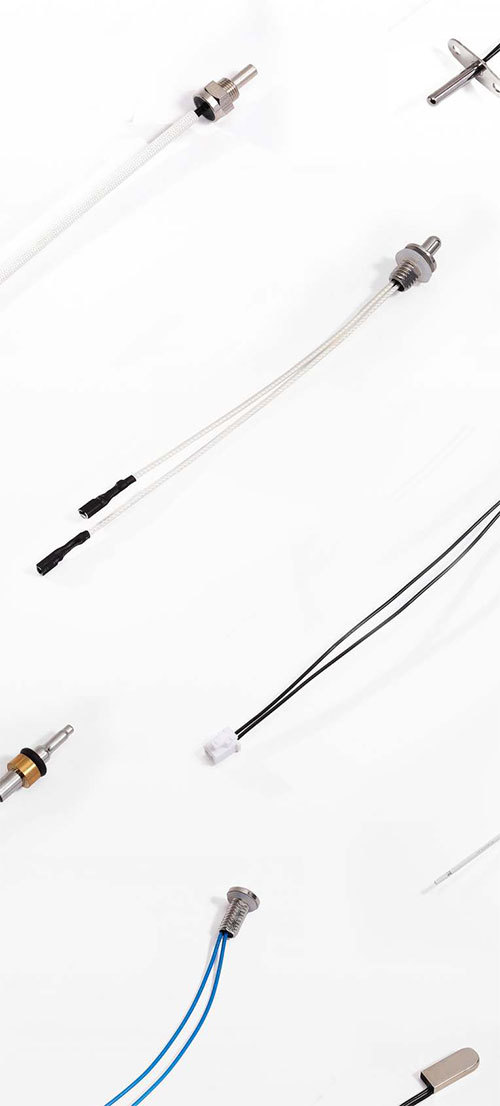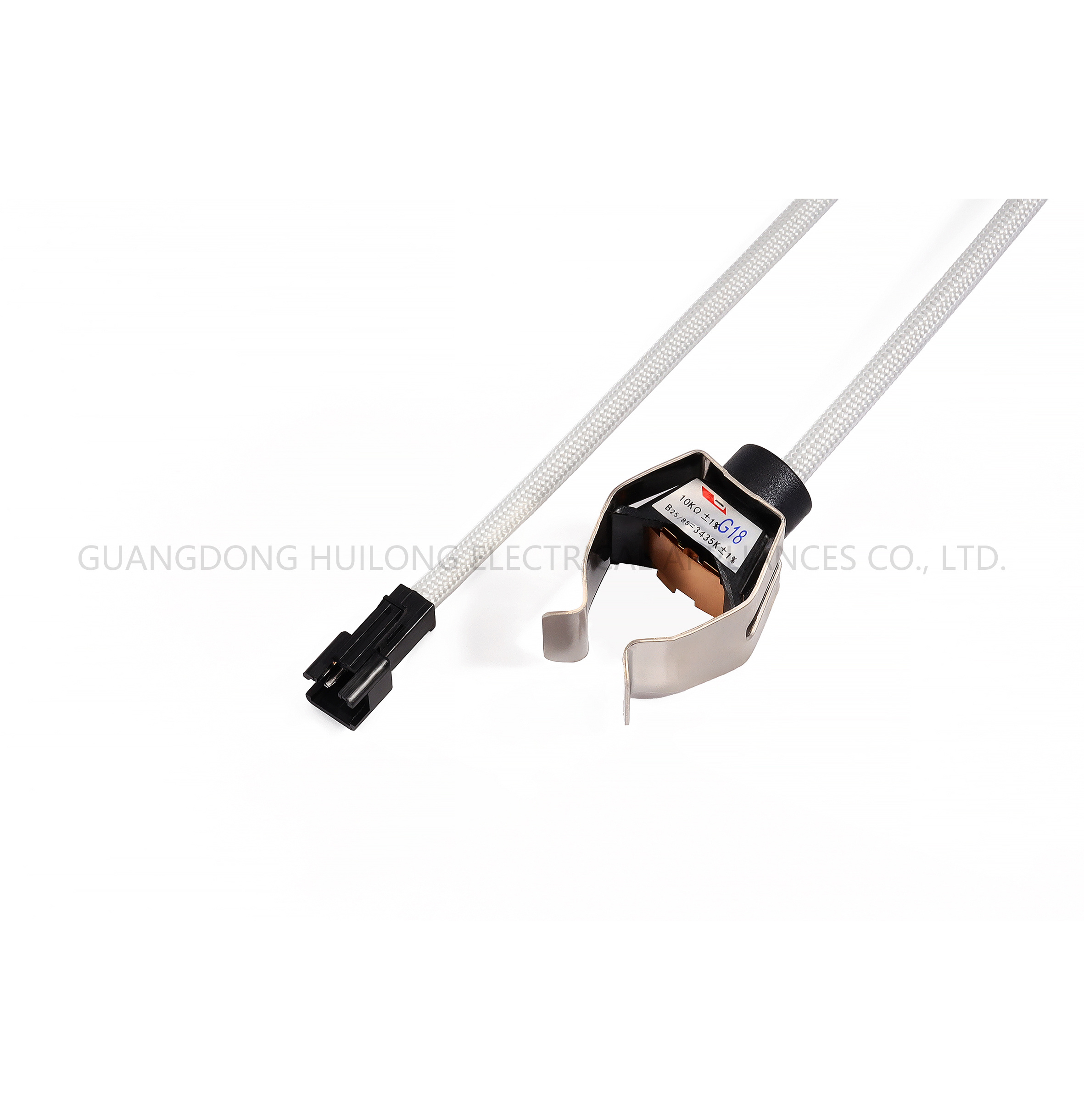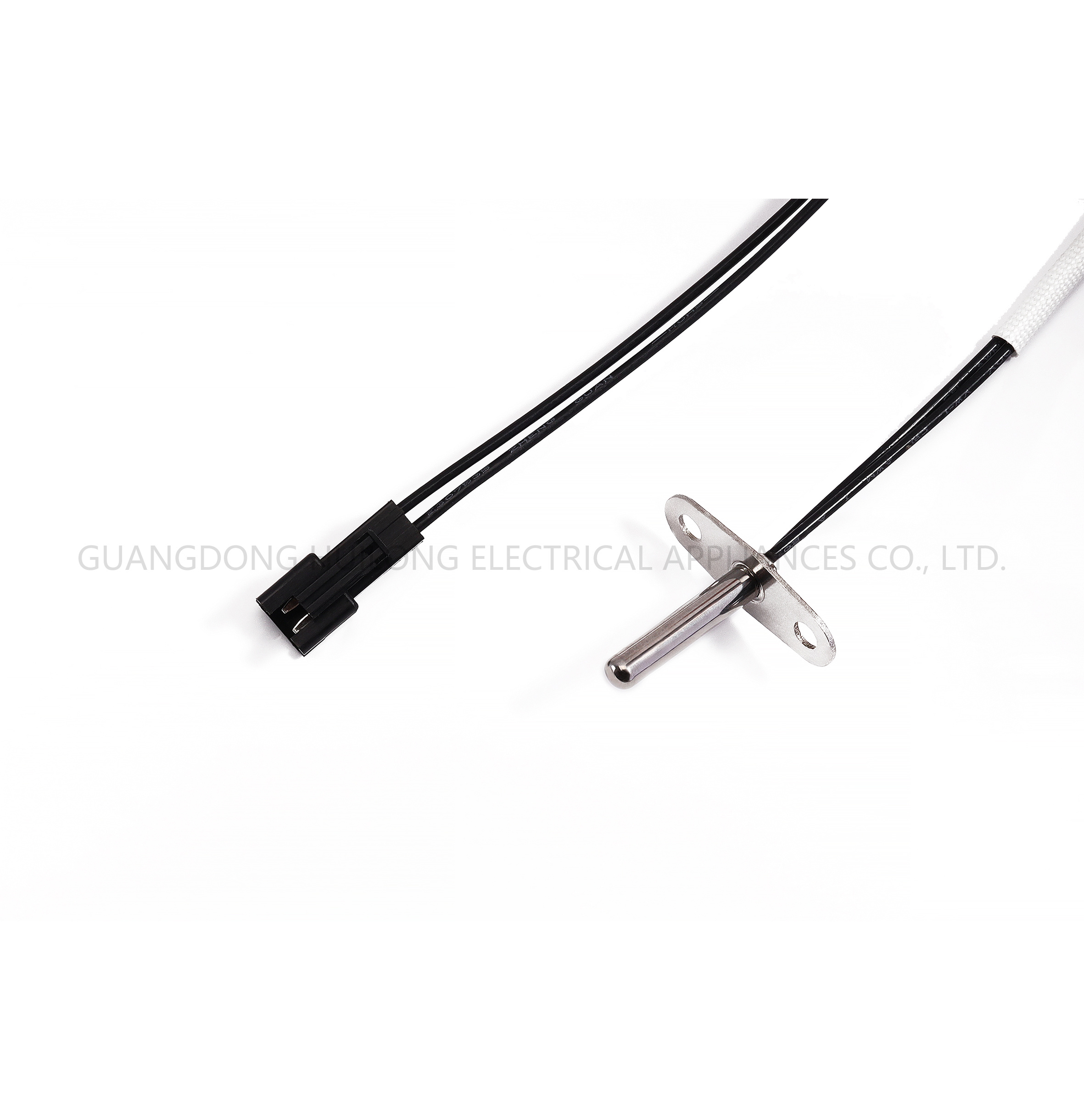Unlocking the Power of Smart Temperature Sensors: A Comprehensive Guide
Classification: knowledge
Time:2025-08-06
At its core, a smart temperature sensor combines a traditional temperature sensing element—like thermocouples or thermistors—with digital communication capabilities. This integration enables the sensor to transmit temperature data wirelessly or through wired connections, allowing for real-time monitoring and control. The use of microcontrollers and advanced algorithms enhances the accuracy of readings and provides additional functionalities, such as self-calibration and diagnostics.
One of the key advantages of smart temperature sensors is their ability to facilitate remote monitoring. In industrial settings, these sensors can provide crucial insights into temperature variations in machinery and processes, preventing overheating or undercooling that could lead to equipment failure or inefficiencies. In smart homes, they can monitor ambient temperature, providing data that can be used to optimize heating and cooling systems, thereby reducing energy consumption.
In healthcare, smart temperature sensors are increasingly being utilized to monitor patients' body temperatures continuously. This capability is especially significant in detecting fever or other health conditions at an early stage. With the rise of telemedicine, these sensors enable healthcare professionals to gather vital patient data without requiring their physical presence.
Further, the integration of IoT (Internet of Things) technology with smart temperature sensors is driving innovation across multiple sectors. By connecting these sensors to the internet, users can access real-time data from anywhere, enhancing the ability to make informed decisions. For instance, in agricultural applications, smart temperature sensors can monitor soil and environmental conditions, aiding farmers in optimizing crop yields.
Another noteworthy aspect of smart temperature sensors is their role in predictive maintenance. By analyzing temperature data over time, organizations can identify trends that indicate potential failures, allowing them to perform maintenance proactively rather than reactively. This approach not only saves costs but also extends the lifespan of equipment.
In conclusion, smart temperature sensors represent a significant advancement in temperature measurement technology. Their ability to provide accurate, real-time temperature data, combined with advanced communication capabilities, makes them invaluable in various applications across industries. As technology continues to evolve, the capabilities of smart temperature sensors will likely expand, further enhancing their role in improving efficiency, safety, and convenience.
Keyword: Unlocking the Power of Smart Temperature Sensors: A Comprehensive Guide
RELATED INFORMATION
Unlocking the Power of Smart Temperature Sensors: A Comprehensive Guide
Smart temperature sensors are essential components in various applications, ranging from industrial automation to consumer electronics. These advanced devices not only measure temperature but also provide critical data that can enhance decision-making processes, improve efficiency, and promote energy savings. In this article, we will delve into the workings, benefits, and applications of smart tem
2025/08/06
Unlocking Precision: The Advantages of Smart Temperature Sensors
Unlocking Precision: The Advantages of Smart Temperature Sensors Table of Contents 1. What Are Smart Temperature Sensors? 2. How Do Smart Temperature Sensors Work? 3. Key Advantages of Smart Temperature Sensors - 3.1 Enhanced Accuracy and Precision - 3.2 Real-time Data Monitoring - 3.3 Energy Efficiency - 3.4 Remote Access and Integration 4. Applications of Smart Temperature Sensors
2025/07/30


